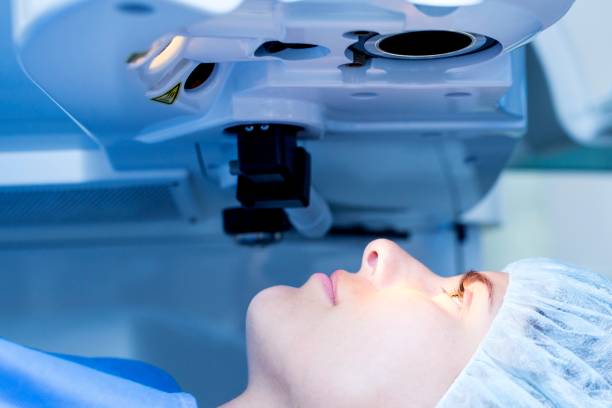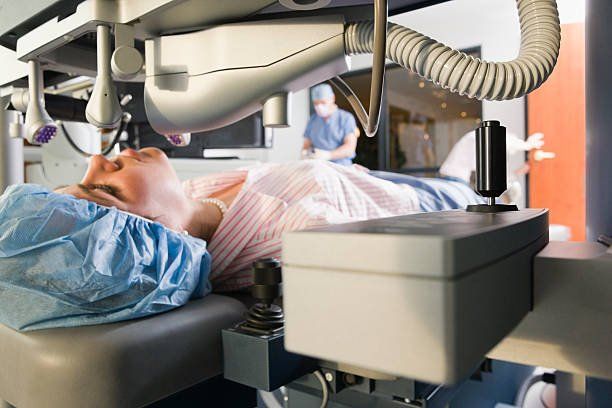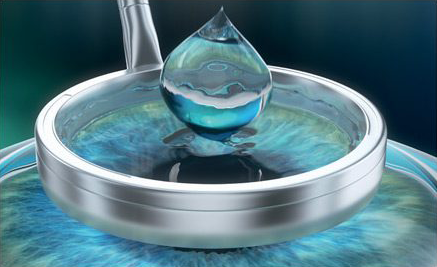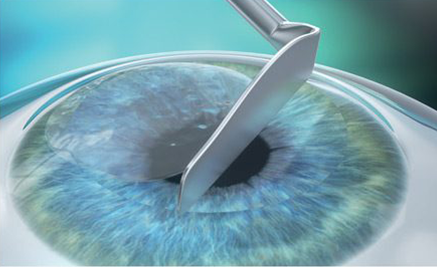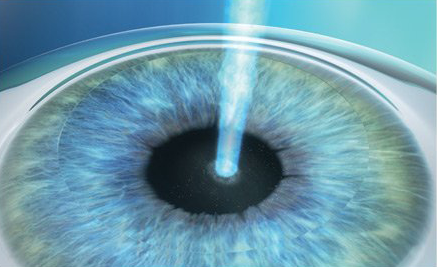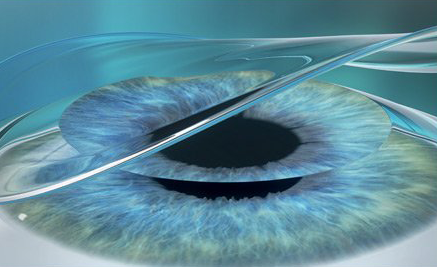PRK
Call or Email for a Free Consultation
Please call, email or fill out the online form to schedule an appointment for a consultation. We will determine if you are a candidate for laser eye surgery, and you will meet with the surgeon to discuss the surgery and go over any questions.
What is PRK?
PRK was the original version of laser vision correction and has offered life-changing sight to millions of men and women across the globe. PRK surgery although a first-generation refractive surgery is still performed all the time, primarily for patients who because of their line of work need to ensure the LASIK flap is not disrupted or don't have thick enough corneal tissue to receive LASIK in addition to those that are prone to dry eye that LASIK exacerbates.
We perform PRK to resolve or improve refractive errors, such as myopia and hyperopia. Best of all, PRK provides results that compare to or even outdo those of other laser vision correction procedures.
Get in touch
PRK Form
What to Expect
Usually, PRK procedures are completed in about 10 minutes. Before getting started, we will completely numb the eye with no-sting eye drops to ensure a painless experience. Next, a device is placed into the eye to stop it from blinking. The PRK technique is just like LASIK and LASEK for the first steps. The primary difference in the PRK technique is that no corneal flap is required. Rather, the thinnest, outermost layer (the epithelium) of the eye is fully taken off and disposed of, which lets us recontour the corneal stroma beneath. This makes PRK the most ideal procedure for those in contact sports, the Military and in Law Enforcement. Afterward, patients need to wear a specialized bandage contact lens to shelter the eye while the epithelial tissue grows back. The epithelium usually regrows in 1 week, meaning the overall recovery period lasts a bit longer compared to other laser refractive surgery techniques.
Follow-Up
Following any laser vision correction surgery we require our patients to come back to Visionary Eye Surgeons or one of our partner sites for one or more follow-ups. The first appointment is often as soon as the following day. These appointments are crucial so that we can keep an eye on a patient's healing process, look for any unanticipated reactions, and help take care of any possible discomfort. Relative to other laser refractive techniques, PRK does have a lengthier recovery process and a bit more discomfort, including photophobia (light sensitivity) and grittiness sensations in the eye. The majority of patients need to use their protective healing contacts for about one week. Nonetheless, when the eyes have completely recovered, the acuity results will be as good as or better compared to other laser vision correction. Typically, patients can return to their jobs and driving within 3-7 days and experience their full vision improvement within 1 month.
Step 1: Layer Preparation
A diluted alcohol solution is applied to the cornea to dissolve the epithelial layer.
Step 2: Layer Removal
The epithelial layer is then removed or moved to the side using a manual instrument.
Step 3: Corneal Sculpting
An excimer laser sculpts the corneal tissue within a matter of seconds to correct the refractive error.
Dependable Vision Correction
Because it was the initial approach to laser refractive surgery, PRK has been helping patients to gain their sharpest vision for almost 25 years. For people who have been informed they weren't ideal candidates for LASIK, PRK might be the best solution. Despite the longer recovery period with PRK, the end result between LASIK and PRK are identical. At Visionary Eye Surgeons, our experienced team has proudly delivered 20/20 vision to thousands of Albertans. Visit us to schedule a consultation so our ophthalmologists can determine if PRK is the most effective solution for you.
